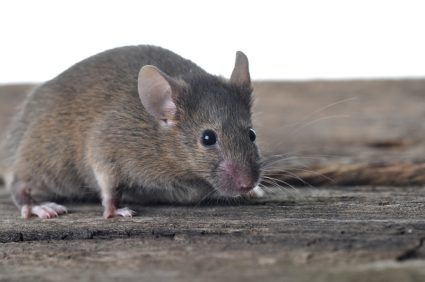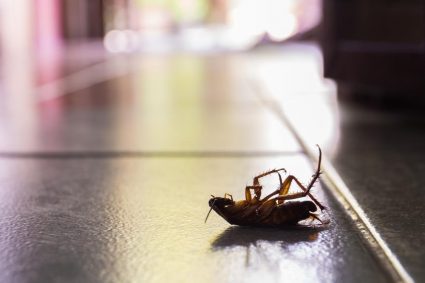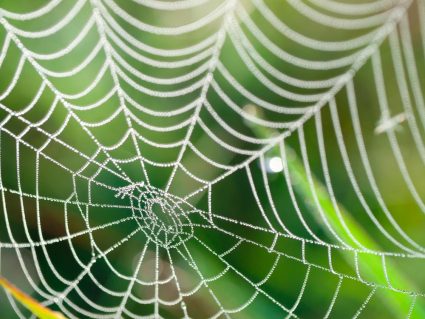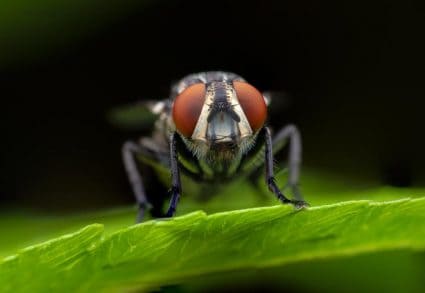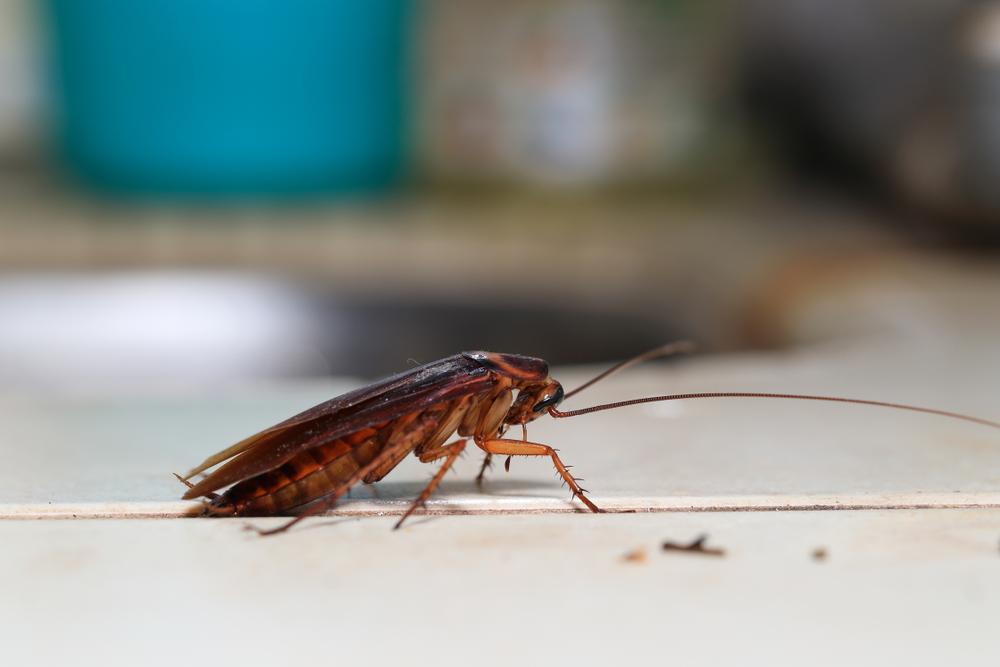
Cockroaches are known for their remarkable resilience and adaptability. One of the most fascinating (and somewhat horrifying) facts is their ability to live without their heads. But how is this possible? And how long can a headless roach survive? Let’s dive into these questions and explore the amazing world of roaches.
A cockroach can live without its head for up to a week. This is due to its decentralized nervous system, open circulatory system, and unique breathing mechanism through spiracles in its body. However, it ultimately dies of thirst, as it cannot drink without its mouth.
The Surprising Answer: Up to a Week!
Believe it or not, a cockroach can live without its head for up to a week. This is due to the roach’s unique biological characteristics, which include a decentralized nervous system, an open circulatory system, and a different breathing mechanism.
The Science Behind Headless Survival
The decentralized nervous system of roaches allows the rest of the body to continue operating separately even after losing the head. They have multiple nerve centers or ganglia distributed throughout their body segments, which control reflexes and movements.
Unlike humans and other mammals, roaches breathe through spiracles, small holes found in each body segment. This means they don’t need their mouth or head to breathe. The spiracles pipe air directly to tissues through a set of tubes called tracheae.
When a roach loses its head, it doesn’t bleed out like humans would. This is because roaches have an open circulatory system, where the blood, known as hemolymph, doesn’t flow within blood vessels but bathes the internal organs directly. When a roach is decapitated, the neck would clot to prevent bleeding, allowing the roach to survive.
The Ultimate Limit: Thirst
Although roaches can survive without their heads, they cannot live forever. The ultimate limiting factor is thirst. Roaches need their mouths to drink water, and without it, they would eventually die of dehydration, typically within a week.
The Difference in Behavior
Headless roaches can still perform basic functions such as standing, reacting to touch, and moving around. However, they cannot eat or drink, which ultimately leads to their death. In contrast, normal roaches can eat, drink, and respond to more complex stimuli.
The Resilient Pest
This unique survival ability contributes to the roach’s reputation as a resilient pest. They can survive severe conditions and adapt quickly, making them one of the toughest pests to eliminate. In addition to their ability to live headless, roaches can survive without food for a month, hold their breath for 40 minutes, and even resist high levels of radiation.
Conclusion
The ability of a roach to live without its head is a testament to its incredible adaptability and resilience. These traits, combined with their rapid reproduction rate, make them a formidable pest that requires professional pest control methods to eliminate completely. So next time you see a roach scurrying across the floor, remember, these critters are a lot tougher than they appear!
Remember, this is not an endorsement to decapitate roaches or any other animals. This information is shared to highlight the fascinating biology of these creatures and their extraordinary survival mechanisms.
Frequently Asked Questions
How do roaches reproduce so quickly?
Roaches reproduce quickly due to their short reproductive cycle. A female roach can produce a batch of eggs every few weeks, and each batch can contain up to 50 eggs. These eggs hatch into nymphs, which grow into adults in a matter of weeks.
How can roaches resist high levels of radiation?
Roaches resist high levels of radiation due to their slower cell cycle. Unlike human cells, which divide regularly, roach cells only divide when they molt. This makes them less vulnerable to radiation, which primarily damages cells during division.
Can headless roaches reproduce?
No, headless roaches can’t reproduce. While the males can still mate due to reflex actions controlled by ganglia in their abdomen, the females need their heads to produce the hormones necessary for reproduction.
What are some professional pest control methods to eliminate roaches?
Professional pest control methods include the use of insecticides, baits, traps, and growth regulators. Pest control professionals may also use heat treatment or fumigation in severe infestations. It’s recommended to consult with a pest control professional for a comprehensive solution.
Can all species of roaches live without their heads?
The ability to live without a head is believed to be common among all species of roaches due to their similar biological characteristics, although the exact duration may vary depending on the species and environmental conditions.



